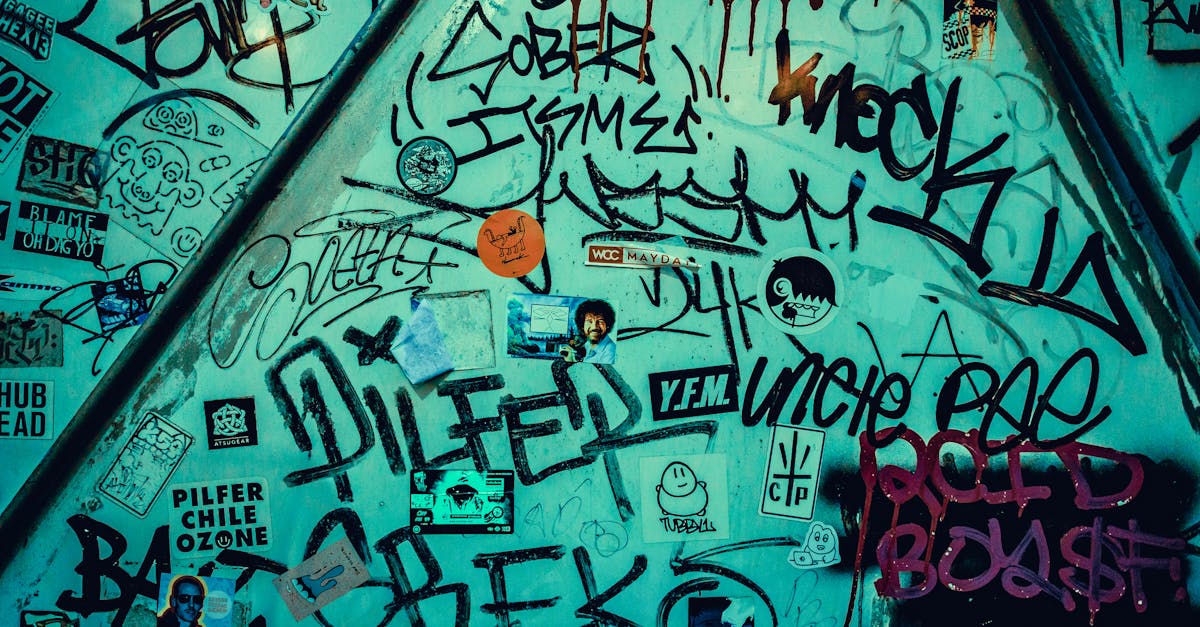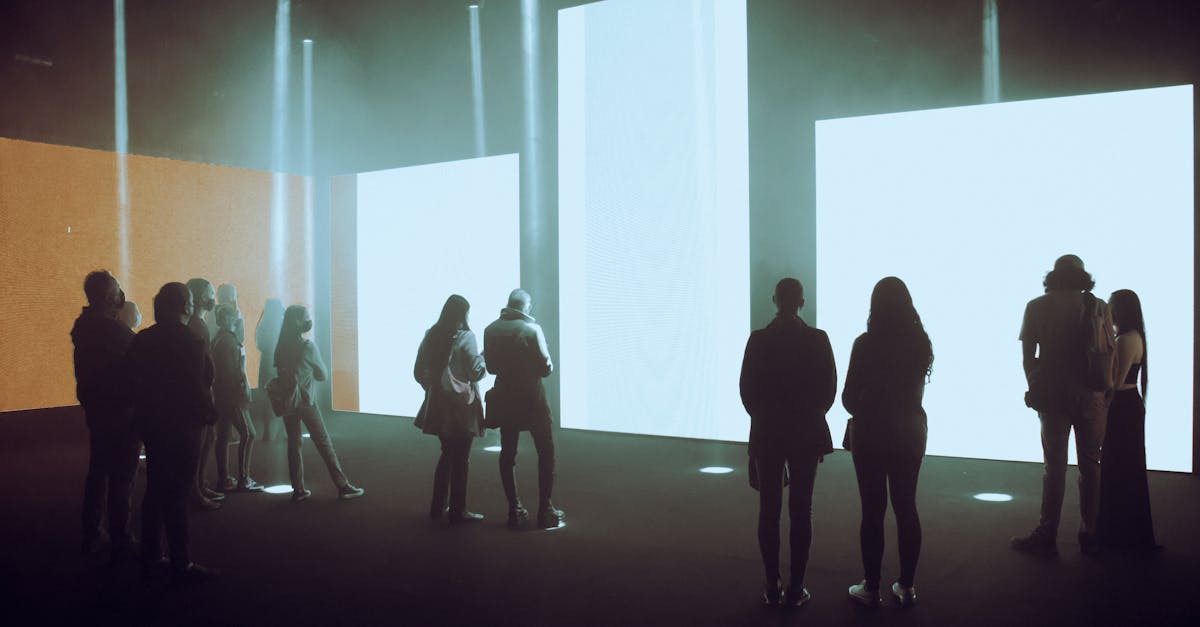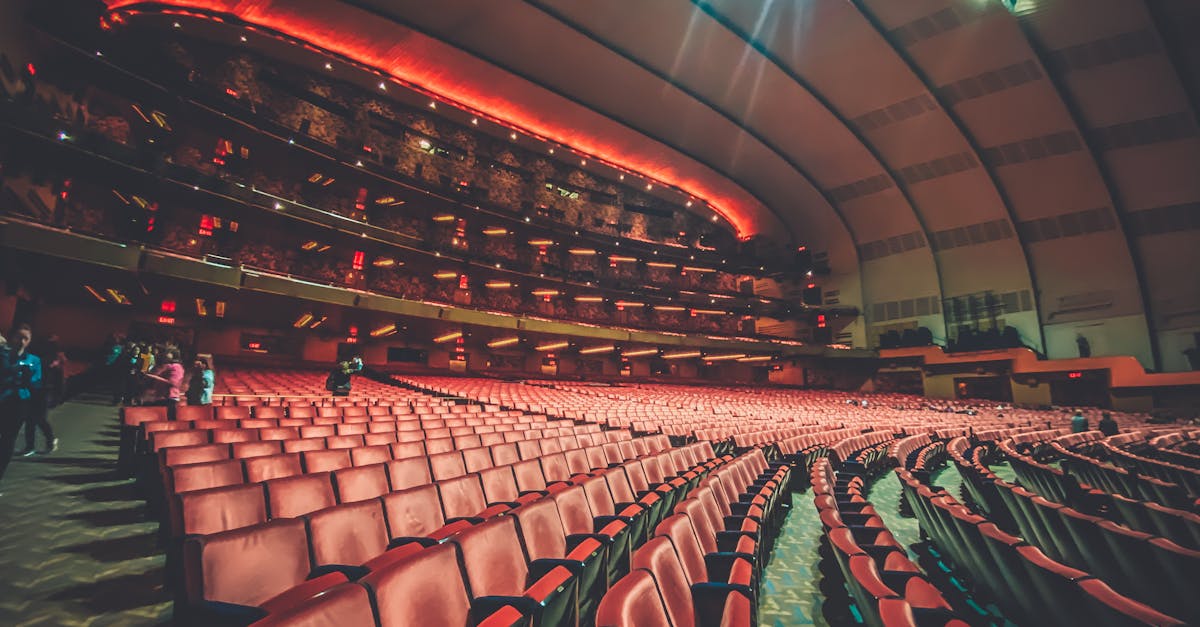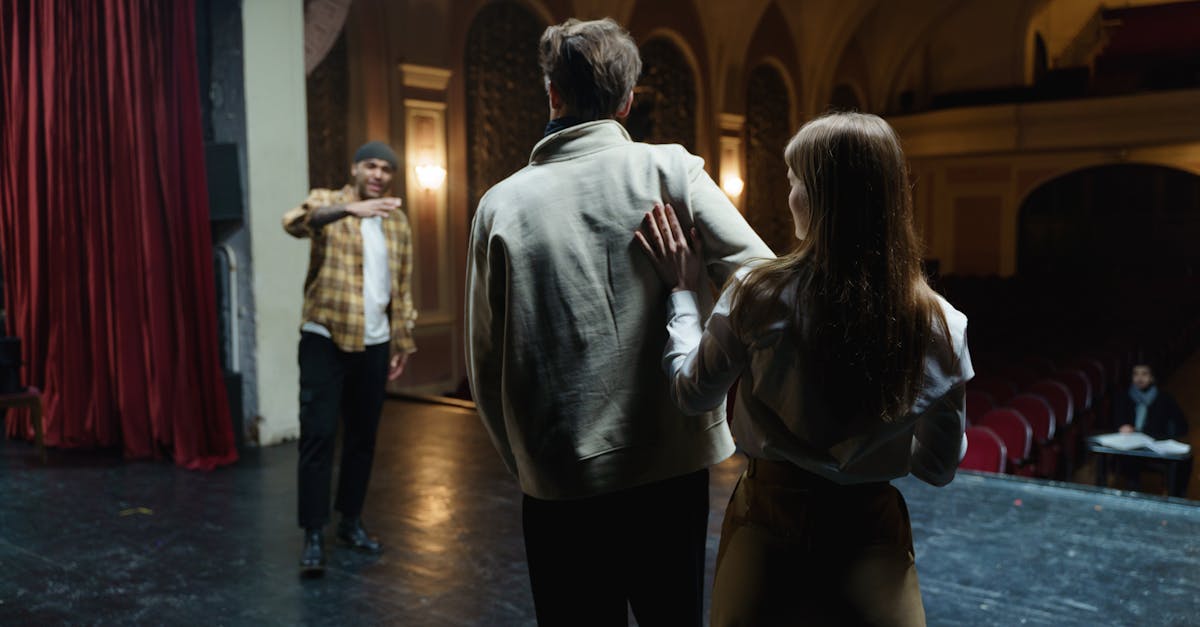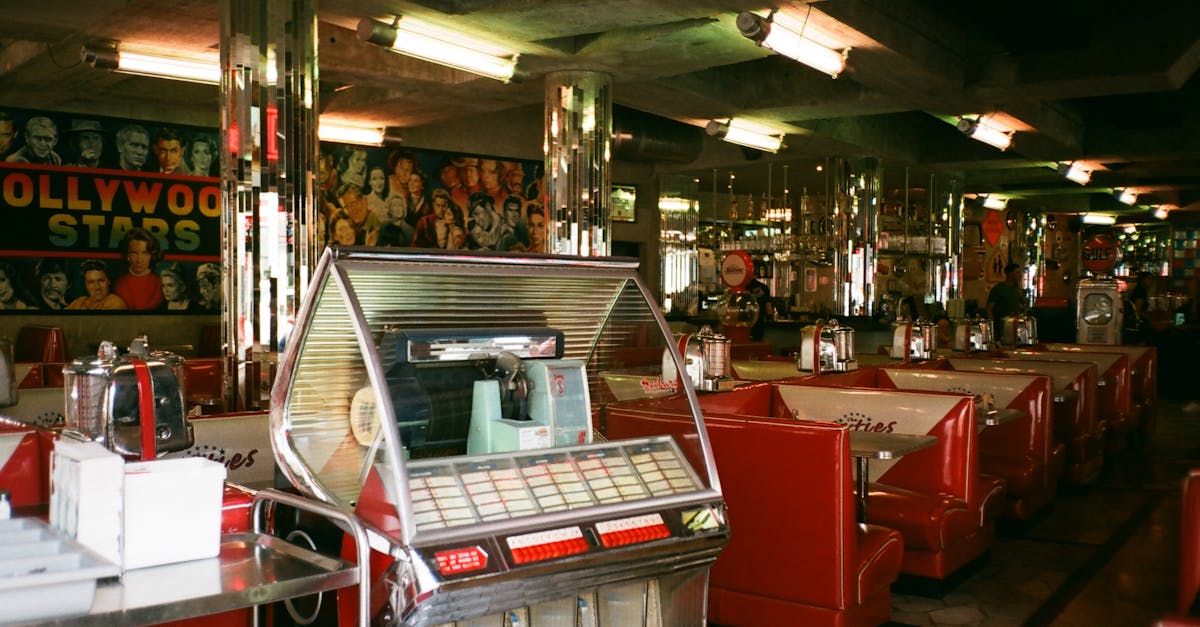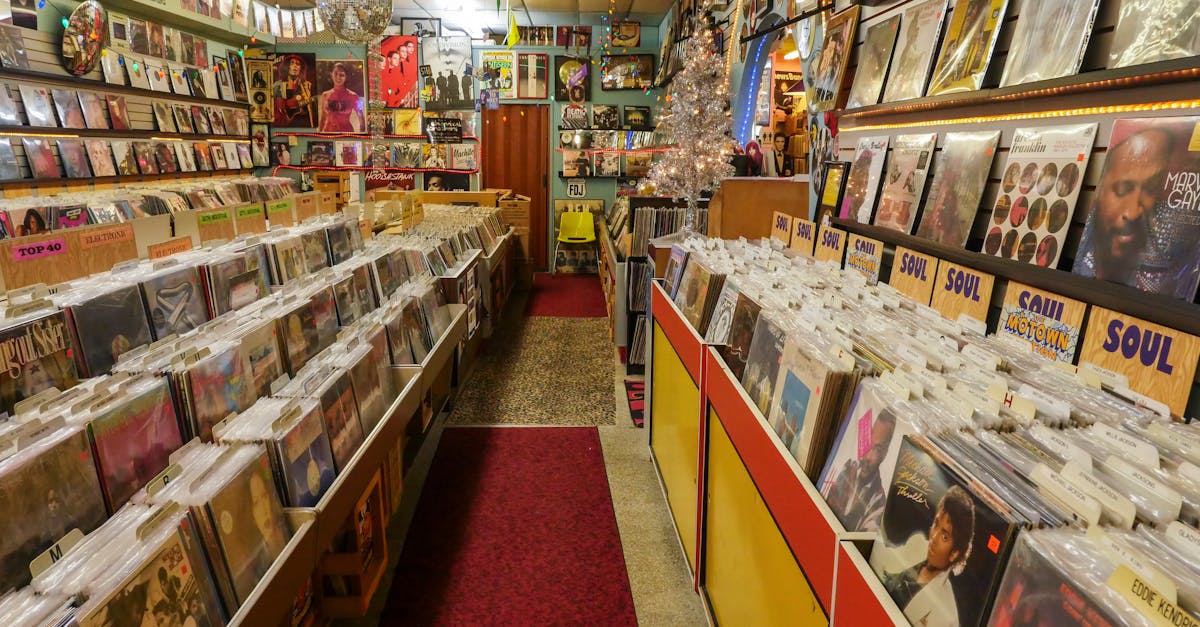Street Art vs Vandalism Exploring Creative Boundaries
Introduction
Art is a universal language that transcends borders, whispering the narratives of the human experience. Yet, when this expressive form finds its canvas in the outdoor public spaces, questions arise about its legitimacy: Is it an artistic contribution or criminal defacing? This debate becomes sharply focused on street art, celebrated by its supporters as a vibrant form of expression adding character and beauty to urban spaces. Meanwhile, skeptics dismiss it as mere vandalism, a criminal act that disrespects both the law and property. This article delves into the illusory line dividing street art from vandalism, exploring its evolution, impact, and cultural significance.
Advertisement
The History of Street Art
The roots of street art are deeply entwined with societal expressions and rebellion, dating as far back as ancient Rome where political slogans adorned walls. However, it wasn't until the 1970s in New York City that modern street art began to evolve into a movement, emerging from spray paint dynamics of graffiti culture. Artists began using walls, subways, and buildings as open canvases to voice political dissent and personal stories. The streets thus became an uncurated exhibition space where socio-political issues were wrapped in innovative artistry. Notably, this emergence wasn't solely aesthetic; it was also furtive, a response to restrictive gallery spaces and cultural gatekeeping.
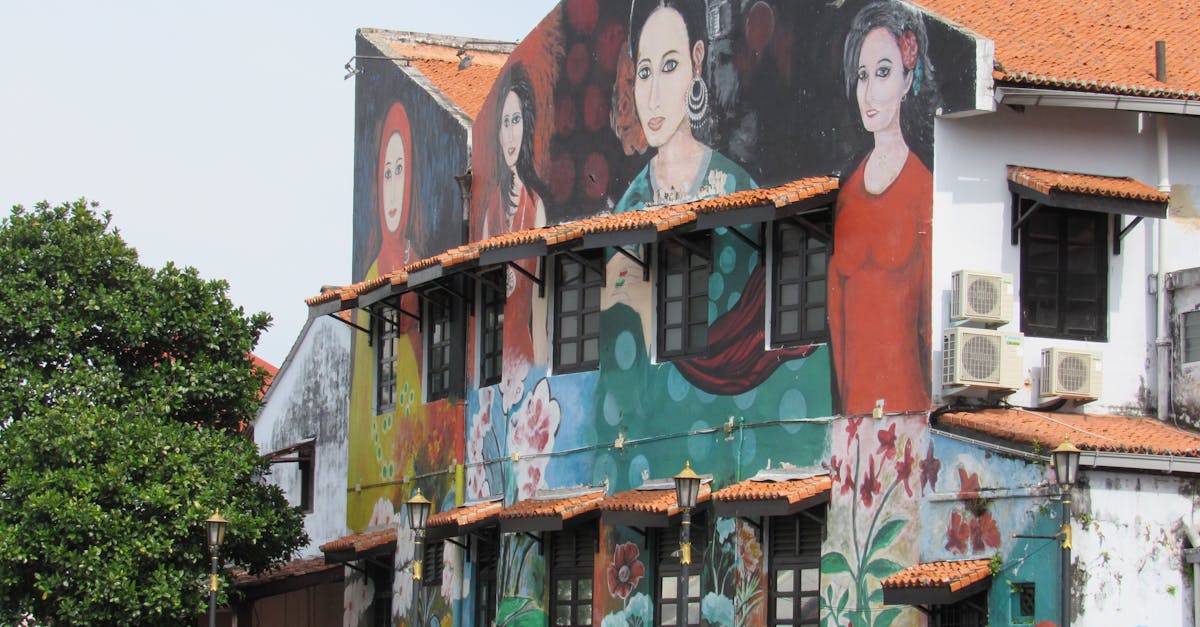
Julito Elizalde/Pexels
Advertisement
The Artists and Their Techniques
Street art is distinguished by its diverse repertoire of styles and techniques. While traditional graffiti relies on spray paint for typography and stylized tags, contemporary street art encompasses mural painting, stencil work, sticker art, and even yarn bombing. Artists like Banksy, known for his satirical stencils, and Shepard Fairey, famous for the Obama 'Hope' poster, have pioneered techniques that broaden street art's reach and legibility. These artists craft a dialogue that is visually captivating and thought-provoking, leveraging public spaces for unexpected confrontations with art. Nevertheless, the legitimacy of their work is frequently contested in legal spheres due to its unauthorized nature.
Advertisement
The Cultural Significance of Street Art
Street art transcends mere aesthetics, intertwining with cultural narratives that reflect community identities and collective guises. By transforming bleak urban landscapes into vibrant spectacles, it invigorates public consciousness and community involvement. For instance, the painted favelas in Rio de Janeiro symbolize a New Brazil, suggesting beauty amidst poverty. The accessibility of street art also demystifies art, breaking down barriers that traditional gallery systems extol. It critiques, engages, and educates the public in shared community spaces, prompting discussion on social issues, historical contexts, and contemporary relevancies. It is this cultural resonance that compels many to view street art as indispensable in urban settings.
Advertisement
Street Art or Vandalism: The Legal Perspective
In the eyes of the law, the line between art and vandalism remains starkly defined. Street art, when done without permission, is essentially vandalism concerned with property damage and defacement. Cities have clear statutes set against unauthorized artwork as it is viewed as a denigration of public or private spaces. This legal stance is bolstered by complaints of increased public spending on graffiti removal, and safety hazards posed by intrusive and location-unsuitable artwork. While some cities like Berlin have relaxed these stringent legalities, many still adopt a zero-tolerance policy toward unauthorized art, emphasizing its criminal implications.
Advertisement
Balancing Artistic Freedom and Ownership Rights
This contention between artistic freedom and ownership rights brings us to an ethical crossroad. Art is subjective, predicated on differing perspectives and interpretations. Street art challenges the notion that legality is synonymous with morality, suggesting that rule-bound restriction can stifle artistic brilliance. However, it also raises critical questions about ownership rights and the entitlement of artists to modify and use spaces devoid of consent. This discord between creative self-expression and property rights often results in heated debates regarding legitimate and ethical art spaces, prompting initiatives like sanctioned graffiti walls and mural festivals which offer legal avenues for artists.
Advertisement
Impact on Urban Environments
Whether regarded as art or vandalism, the impact of street art on urban environments is undeniable. When strategically placed and contextually relevant, it can transform dull streets into stimulating spectacles, encouraging tourism and revitalizing forgotten locales. Cities like Melbourne have become hubs for street art tourism, integrating murals into their local culture and economy. Nonetheless, poorly placed or aggressively done street art can amplify urban decay effects, driving division among communities. Street art's influence on urban planning and public policy is both multifaceted and complex, underscoring the dual potential to beautify or blemish urban landscapes.
Advertisement
Public Perception and Acceptance
Despite ongoing controversies, public perception of street art has evolved substantially with increasing acceptance and legitimization. Social media platforms have catalyzed this transformation, making street art a global phenomenon celebrated through shares and likes. Public sentiment—shaped by popular works like the politically charged satirical murals by Banksy—often disregards legality in favor of the emotional and intellectual provocation these works inspire. Consequentially, many cities now recognize street art's cultural arts value, organizing festivals and curations to spotlight this once-underground movement. Public endorsement becomes a testament to street art's embeddedness in modern cultural landscapes.
Advertisement
Reconciling Creativity with Regulations
Reconciling street art with legal directives requires a nuanced approach balancing freedom of expression and respect for property rights. Collaborative projects between artists and municipalities offer a blueprint for integrating art constructively into cities. By providing designated spaces, encouraging legal mural projects, and involving communities in creative processes, both art and urban fabric can coexist harmoniously. Cities can leverage street art as a tool for cultural dialogue and engagement, demonstrating how creativity and law can mutually enrich rather than constrain each other. Such reconciliations foster adapted urban landscapes where artistic innovation inspires and unifies communities.
Advertisement
Conclusion
The ongoing dialogue on street art and vandalism is a testament to societal transformations and cultural significance tied to art. As we ponder the definitions of art, we recognize its power in stimulating dialogues across spectrums, yet understanding the implications of unauthorized work remains crucial. This discourse compels us to explore nuanced solutions that embrace legal and cultural intersections while preserving self-expression. Amidst controversies, street art persists as an evocative catalyst for transformation, urging societies to think critically about art, legality, and our shared urban experiences. Ultimately, the line between street art and vandalism becomes a margin of broader existential and societal debates.
Advertisement


